15 Brutal Truths About Poverty People Don’t Understand
Poverty doesn’t show up with a warning, and it doesn’t pack up when things get tough. While outsiders guess, judge, or oversimplify, those living it are out here making impossible choices look routine. Forget what you think you know—these are the hard, overlooked truths about poverty that don’t get air time but absolutely should.
Blame the Blueprint
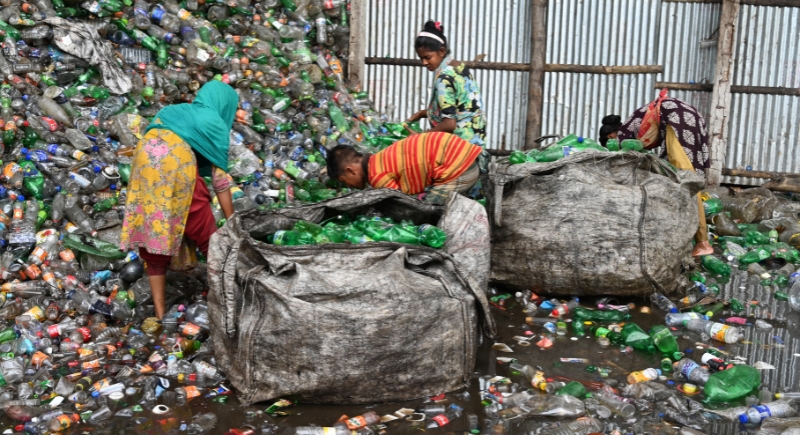
Credit: pexels
This idea that poor people are poor because they didn’t try hard enough? Toss it. It’s what happens when paychecks don’t stretch, rent eats half your income, and a trip to the grocery store feels like a financial ambush. And if you’re facing racism, ableism, or biased policies on top of it all, the uphill battle becomes a mountain.
Grit Alone Doesn’t Guarantee Glory
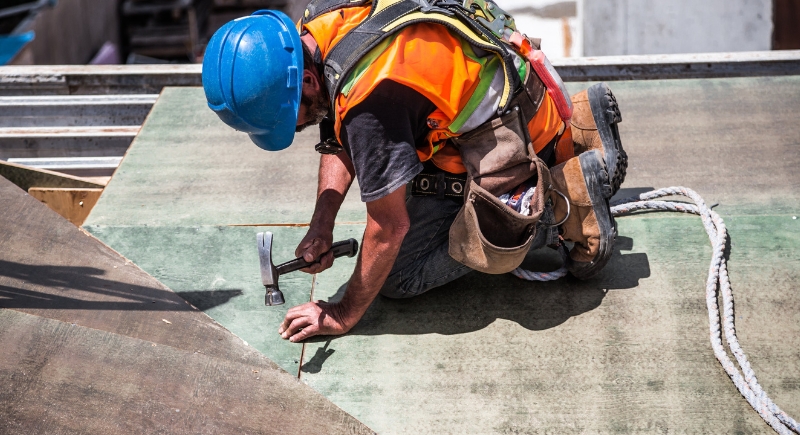
Credit: pexels
Hard work is great—but it’s not a golden ticket. In reality, millions grind nonstop and still can’t escape poverty, not because they lack hustle but because the playing field’s tilted. Research keeps proving that luck, timing, and connections matter as much, if not more, than elbow grease.
Saving Money Is Impossible
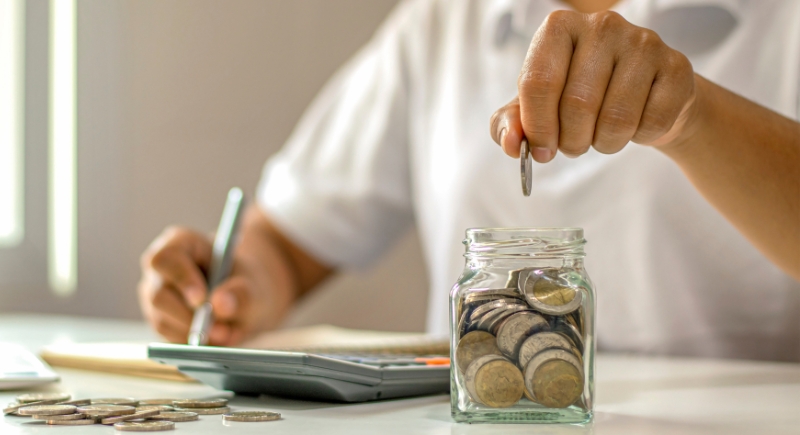
Credit: Canva
For many young adults, especially those on tighter incomes, saving money is a math problem with no easy solution. A NatWest survey found that 1 in 4 Brits under 35 have £500 or less in savings, mainly because there’s barely anything left after essentials. And across the pond, American families fork over nearly $1,000 a month for childcare alone.
Running on Empty
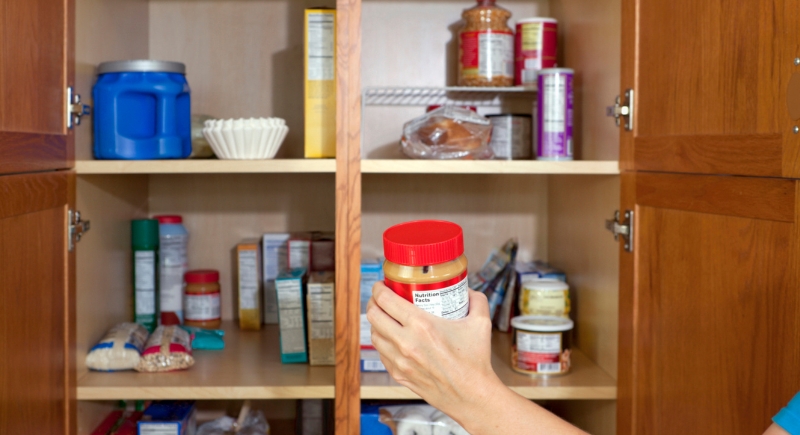
Credit: Getty Images
In the U.S., nearly half of all families are hustling to cover the bare basics—groceries, a safe place to sleep, and medicine—not luxuries. Meanwhile, over a billion kids worldwide grow up without steady food or clean water. Yet somehow, these families keep pushing forward.
Your Wallet’s Never Ready
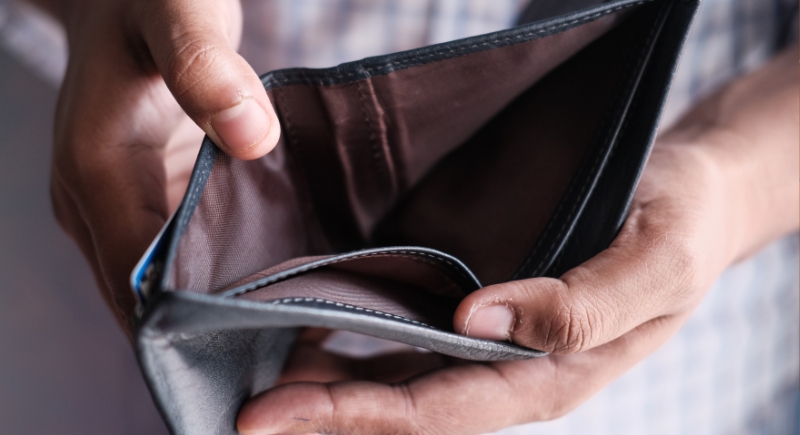
Credit: Getty Images
Nearly 60% of Americans would have to borrow, charge, or beg their way through a $1,000 emergency. Even $400—say, a cracked filling or busted tire—can knock everything off balance. Still, people keep finding clever ways to stay afloat. From side gigs to community support, resilience is thriving.
Playing Without Knowing the Rules

Credit: Getty Images
People who aren’t financially savvy often find themselves spending beyond their means, missing payments, or relying on high-interest loans just to keep their heads above water. A study by the National Endowment for Financial Education shows that those with lower financial literacy struggle more with saving and retirement planning.
Rent Is the Real Boss
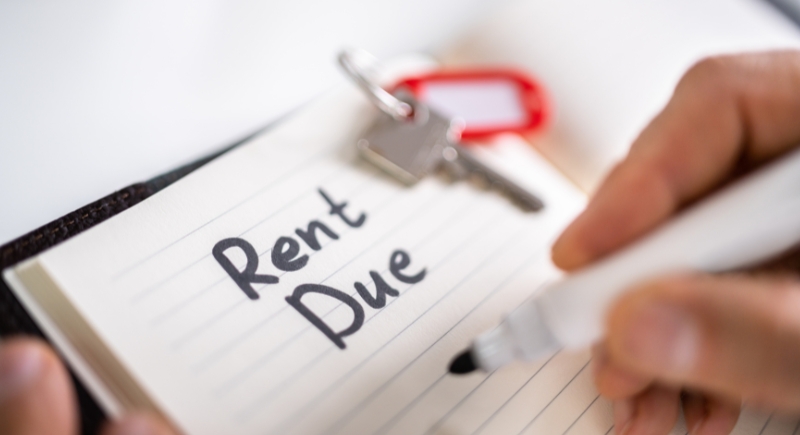
Credit: Getty Images
For families making under $30,000 a year, housing alone eats up over 40% of their income. Toss in childcare costs, and over 130k families get pushed below the poverty line every single year. Now imagine the possibilities if basic costs weren’t eating half the paycheck before it even landed.
Stranded in the Suburbs
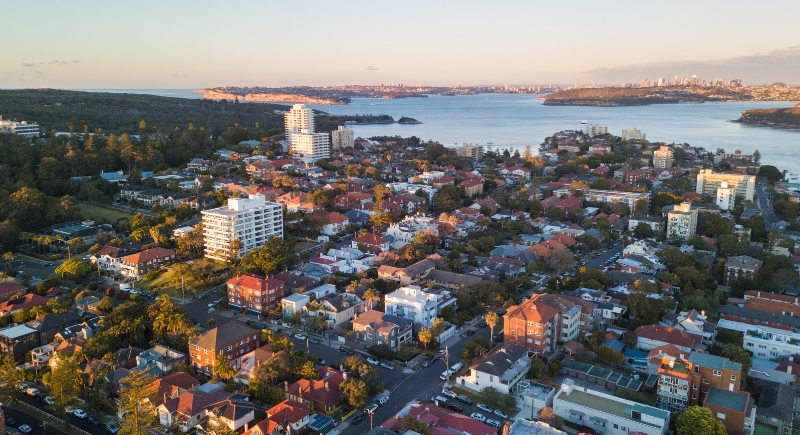
Credit: Getty Images
Around 6% of U.S. adults can’t count on steady transportation, which turns basic errands into logistical puzzles. 70% of entry-level jobs sit in the suburbs, but only a third are close to public transit. And with transportation eating up nearly 16% of household income, low-income families feel that hit the hardest.
Stress Isn’t Just in the Bank Account

Credit: Getty Images
Poverty doesn’t clock out at sunset. It’s that 24/7 background noise of worry that wears people down. Those under financial strain are more than twice as likely to face depression, and for kids, the risk of serious mental health struggles skyrockets—up to 4.5 times higher than peers in stable homes.
Learning Gap You Can’t Blame

Credit: Getty Images
For many kids growing up with less, school starts on uneven ground. They’re bursting with potential but missing basics—books, internet, even a quiet place to do homework. That early gap can stretch fast. Level the playing field, and you’ll see brilliance shine from every corner of the classroom.
Daycare Costs More Than a Degree

Credit: Canva
In D.C., infant care now runs over $24,000 a year—yep, more than college, and your baby isn’t even majoring in anything yet. Across the country, the average is still a jaw-dropping $13,600 per child. Parents are cutting hours, skipping raises, and tag-teaming with grandparents to stay afloat.
Breaking the Debt Cycle

Credit: Canva
For people living paycheck to paycheck, one unexpected cost can send them straight into the arms of high-interest credit cards or payday loans. Credit card balances climb, bills pile up, and they’re stuck in a never-ending debt loop before they know it. This debt snowballs and becomes a shackle for families.
Hunger’s Hidden Cost
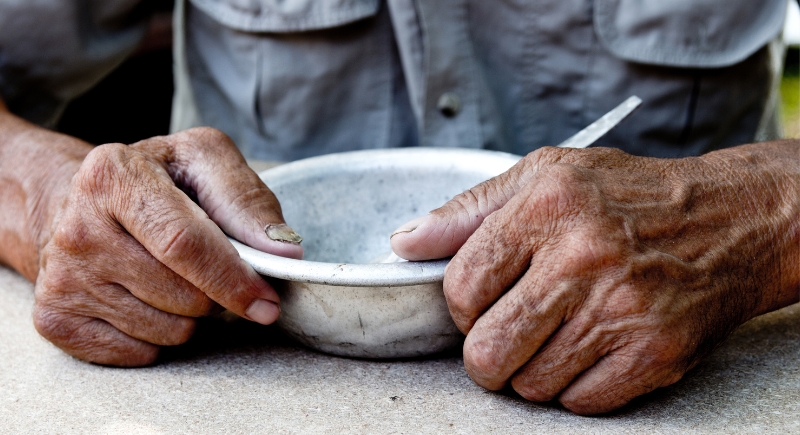
Credit: Getty Images
In 2023, 18 million households in the U.S. couldn’t count on enough food, with kids hit the hardest. Nearly 14 million children live in food-insecure homes, where balanced meals are a luxury. Rising grocery prices (28% since the pandemic) have only made it worse, and cuts to food bank funding have made it harder for families to get by.
Health Isn’t Just About Genes

Credit: Getty Images
Residents of low-income areas face a higher risk of chronic illnesses and even cancer. In Australia, those in poorer neighborhoods are up to three times more likely to face heart attacks. The scurvy comeback in developed countries, driven by poor nutrition, shows just how far-reaching the problem is.
Joy’s a Guilty Pleasure

Credit: Getty Images
Have you ever caught yourself having a good time and then thought, “Wait, am I allowed to be happy right now?” When money’s tight, feeling happy can feel like a betrayal. It’s like there’s this silent rule that says you can’t have a smile if you’re not living on an easy street.